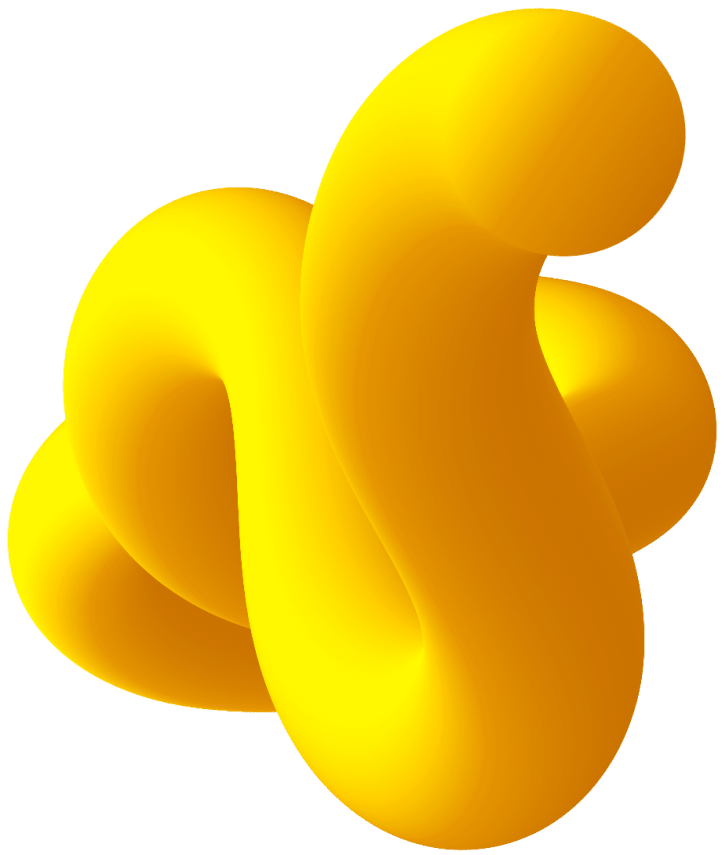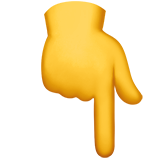Установление соответствия
Установите соответствие между заголовками 1–8 и текстами A–G. Занесите свои ответы в таблицу. Используйте каждую цифру только один раз. В задании один заголовок лишний.
| A. | Modern Western theatre comes in large measure from ancient Greek drama, from which it takes technical terminology, classification into genres, and many of its themes, stock characters, and plot elements. The Greeks also developed the concepts of dramatic criticism, acting as a career, and theatre architecture. The theatre of ancient Greece consisted of three types of drama: tragedy, comedy, and the satyr play.
| 1. | Varieties of theatre |
| B. | Western theatre developed and expanded considerably under the Romans. The Roman historian Livy wrote that the Romans first experienced theatre in the 4th century BC. The theatre of ancient Rome was a thriving and diverse art form, ranging from festival performances of street theatre, nude dancing, and acrobatics, to the staging of broadly appealing situation comedies, to the high-style, verbally elaborate tragedies.
| 2. | A step to a wider variety |
| C. | Theatre took on many different forms in the West between the 15th and 19th centuries, including commedia dell’arte and melodrama. The general trend was away from the poetic drama of the Greeks and the Renaissance and toward a more naturalistic prose style of dialogue, especially following the Industrial Revolution. Theatre today, broadly defined, includes performances of plays and musicals, ballets, operas and various other forms.
| 3. | Not the least important |
| D. | The eighteenth century in Britain introduced women to the stage, which would have been extremely inappropriate before. These women were looked at as celebrities but on the other hand, it was still very new and revolutionary that they were on the stage and some said they were unladylike and looked down on. Charles II did not like young men playing the parts of young women, so he asked that women play their own parts.
| 4. | Theatre and politics |
| E. | Theatre took a big pause during 1642 and
| 5. | Stars for a repertoire |
| F. | Stagecraft is a term referring to the technical aspects of theatrical, film, and video production. It includes constructing scenery, hanging and focusing of lighting, design and procurement of costumes, makeup, props, stage management, and recording and mixing of sound. Considered a technical rather than an artistic field, it is equally crucial for the practical implementation of a designer’s artistic idea.
| 6. | Modern problems |
| G. | While most modern theatre companies rehearse one piece of theatre at a time, perform that piece for a set “run”, retire the piece, and begin rehearsing a new show, repertory companies rehearse multiple shows at one time. Repertory theatre generally involves a group of similarly accomplished actors, and relies more on the reputation of the group than on an individual star actor.
| 7. | Origin of theatre |
| 8. | Ladies enter |




